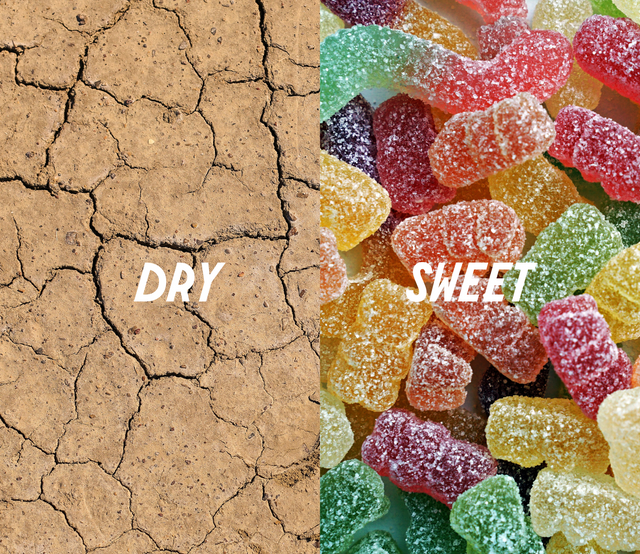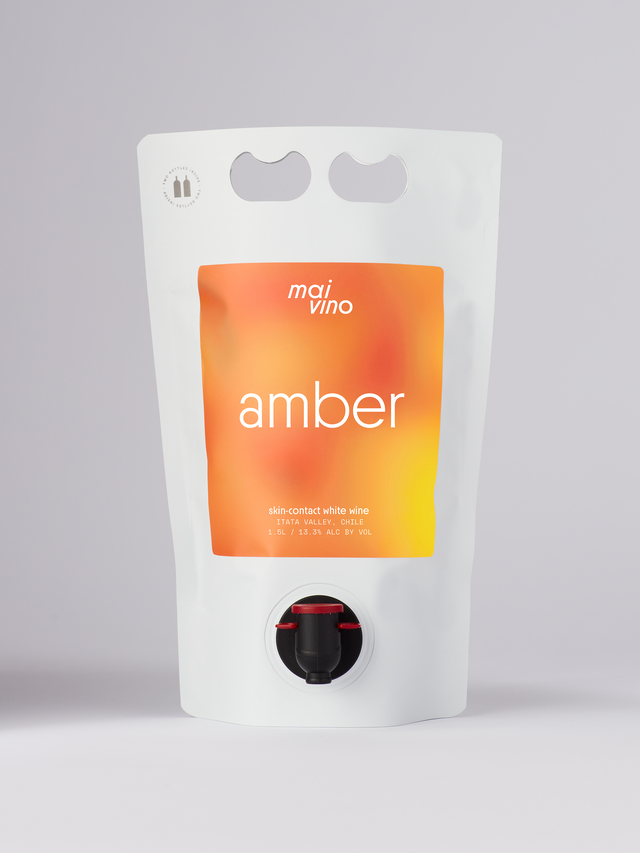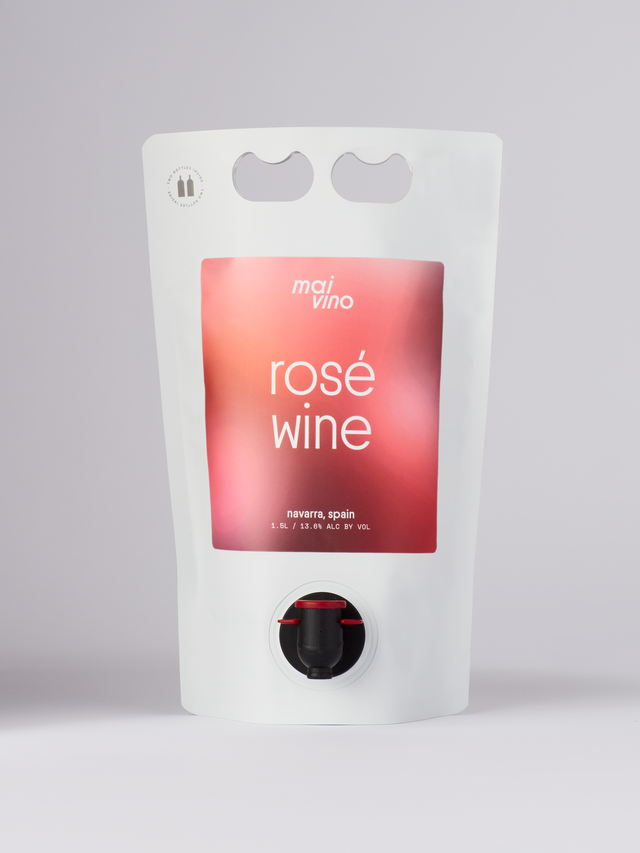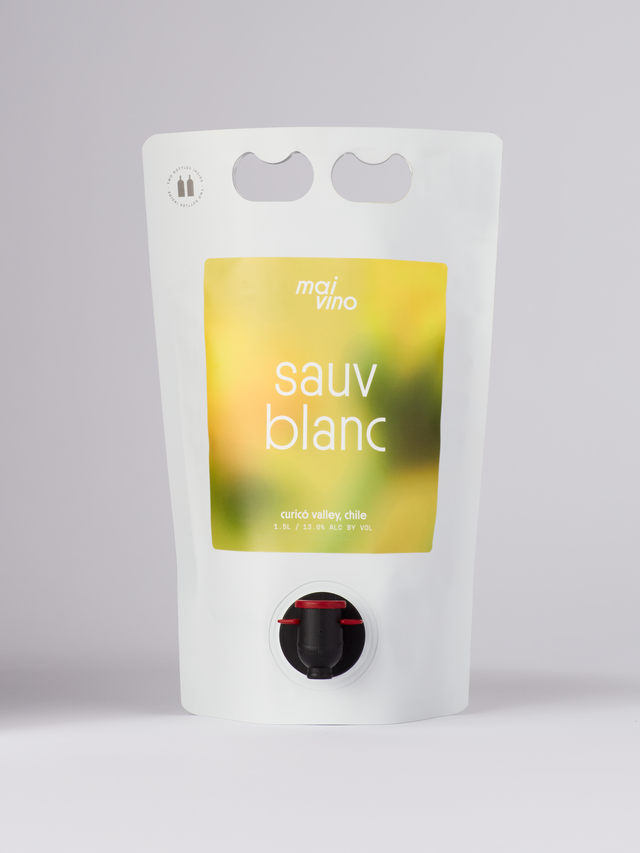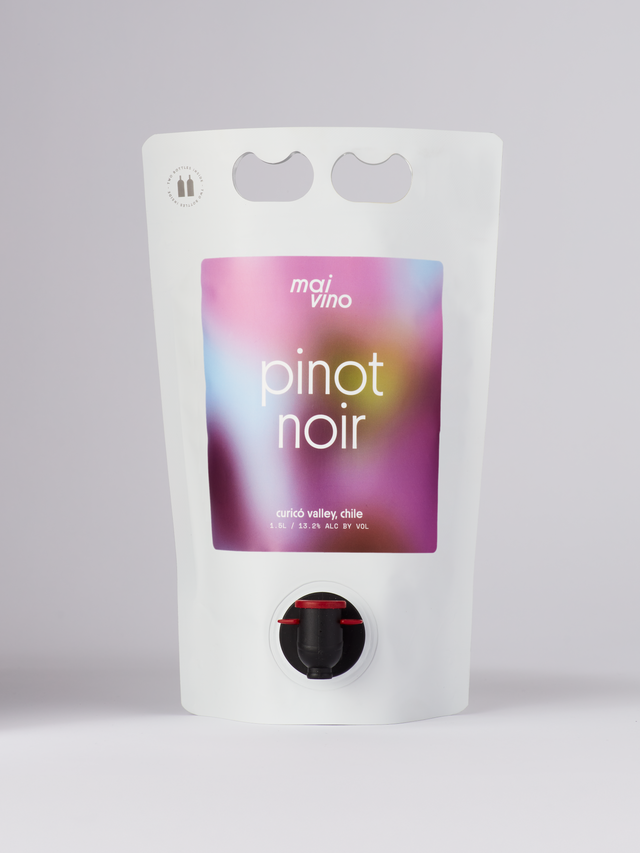What Does Dry Wine Mean? A Guide to Dry Wines
Alright, let’s cut through the fancy wine jargon and get to the good stuff: what the heck does "dry wine" mean? You’ve probably heard it tossed around at tastings or seen it on a label, but let’s be real—what does "dry" even mean when we’re talking about wine? Spoiler: It’s got nothing to do with sucking the moisture out of your mouth or being devoid of flavor. And here’s the kicker: dry wines can still taste fruity! Yeah, fruit doesn’t always mean sweet. Let’s break it down.
What Is a Dry Wine?
When we say a wine is dry, we’re talking about how much sugar is left in the wine after fermentation. Fermentation is when yeast gobbles up all the sugar in grape juice and turns it into alcohol. In dry wines, the yeast eats up almost all the sugar, leaving you with a wine that doesn’t taste sweet. But don’t get it twisted—dry wine can still taste like fruit, it’s just not sugary. You can have big berry flavors, apple notes, or tropical vibes without the sweetness. It’s the difference between biting into a crisp green apple versus drinking apple juice.
What Is a Dry White Wine?
A dry white wine is, you guessed it, a white wine with basically no sugar left. It’s crisp, refreshing, and perfect for those of us who don’t want to sip something that tastes like a melted Popsicle. Dry whites are the ones that make you feel fancy even if you're just drinking it in sweats.
What Wine Is Dry White Wine?
Let’s get to the good stuff: what white wines are actually dry? Here are a few MVPs:
- Sauvignon Blanc: Think zesty lemon, green apple, and maybe a little grassy vibe. It’s like drinking sunshine.
- Chardonnay: Now, not all Chardonnays are oaky butter bombs. A dry Chardonnay can be fruity, mineral, and straight-up delicious.
- Pinot Grigio: Light, zippy, and tastes like summer in a glass—think lime, green apple, and sometimes a little melon.
- Albariño: From Spain, this dry white is basically what you want with seafood. Bright, citrusy, and maybe a little salty, in the best way possible.
- Vermentino: This Italian gem brings out all the herbal and citrusy notes. It’s like the wine version of a Mediterranean vacation.
Dry White Wine Types Are…
Here’s your cheat sheet for dry white wines that you can confidently grab off the shelf:
- Riesling (dry styles, not the super sweet stuff)
- Grüner Veltliner: Crisp with a hint of white pepper.
- Assyrtiko: Greek and delicious. Think lemons squeezed onto a slab of rock.
- Viognier (dry styles): Floral but still dry and elegant.
What Is a Dry Red Wine?
Now onto the reds. A dry red wine means you’re getting all the fruit flavors, tannins (that mouth-drying grip), and complexity without the sugar rush. It’s bold, it’s rich, and you can pair it with just about any meal—or just drink it while watching Netflix. No judgment.
What Wine Is Dry Red Wine?
Here are some dry red wines that are tried and true:
- Cabernet Sauvignon: Bold, tannic, with flavors like blackberry, plum, and maybe a hint of tobacco. It’s that wine you bust out when you’re feeling a little fancy.
- Merlot: Softer than Cab, but still dry, with rich flavors of cherry, plum, and chocolate. Like a cozy sweater in wine form.
- Syrah/Shiraz: Whether you’re sipping French Syrah or Aussie Shiraz, this wine is all about big, dark fruit and spicy pepper. It’s like the bad boy of dry red wines.
- Pinot Noir: Light-bodied but still dry, Pinot Noir gives you red fruit flavors like cherry and raspberry, with maybe a touch of earthiness.
- Malbec: Rich, smooth, and dry with dark fruit vibes and a little spice—perfect for that steak dinner you’ve been dreaming about.
Dry Red Wine Types Are…
Want more dry reds to explore? Try these:
- Nebbiolo: Italian and tannic, but so worth it.
- Zinfandel: Bold and jammy but still dry.
- Sangiovese: Hello, Chianti. Perfect for pizza night.
- Tempranillo: The Spanish answer to a great dry red.
- Grenache: Light, fruity, and dry.
Wine Sweetness Scale: Where Does Dry Fit In?
If you’re wondering where dry wine fits on the sweetness scale, here’s the breakdown:
- Bone Dry: No sugar, no sweetness. Think Brut Champagne or super dry Sauvignon Blanc.
- Dry: Little to no sugar left. Most reds and whites like Chardonnay, Merlot, and Cab live here.
- Off-Dry: Slight sweetness, but not too much. Think certain Rieslings or Pinot Gris.
- Medium Sweet: Okay, now we’re getting into some sugar. Wines like Moscato or sweet Rieslings.
- Sweet: Dessert in a bottle. Sauternes or Port, anyone?
Conclusion: Let’s Find Your Perfect Dry Wine
So, there you have it—dry wine doesn’t mean boring or flavorless. It just means the sugar’s gone, but all the fruit, spice, and complexity are still there. Whether you’re into zesty dry white wines like Sauvignon Blanc or dry reds like Pinot Noir, just remember: fruity doesn’t equal sweet. So go ahead and grab that bottle of dry wine with confidence—you’re in for a flavorful ride. Cheers!
If you’re ever in doubt about Mai Vino know that most of our wines are fruit driven - however dry on the palate. Make sure to check out our DRY vs SWEET scale if you ever have a question or just chat us at hi@maivino.com!

